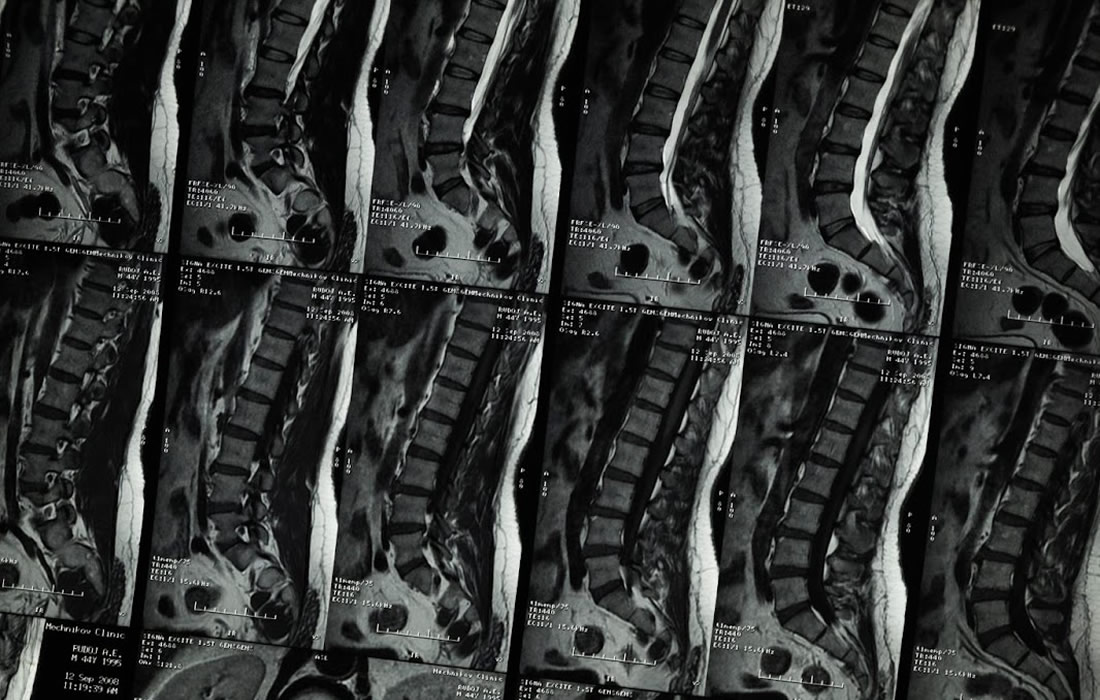Regenerative Medicine News and General Information
Insights into Fixing Disc Herniation
Herniation in the spine occurs when one of the soft discs that sits between the vertebrae develops a split or a hole, and the soft interior squeezes through. This means that the discs lose their tension and are unable to cushion the spine as usual, causing pain. To continue the tire analogy, it’s as if a tire has gone flat and the car is riding on its rim.
“Currently there is no curative treatment for disc herniation, and the best thing out there is just sticking a plain rubber plug into a hole in a tire. It will stay for a while but it won’t make a great seal,” said co-senior author Robert Mauck, PhD. “The patch we’ve developed is like the plug plus glue, so you’re actually bonding the patch. And since biomechanical movement activates the patch and makes it seal more strongly, it’s like having your tire patch get stronger the more miles you put on it.”
So the Penn Medicine and CMCVAMC researchers have developed TARPs to not just plug the hole, but allow tension to build back up, and re-cushion the vertebrae. That goal has been particularly tough to achieve to this point.
Key to the TARP is having the body’s natural mechanics work to activate the release of anti-inflammatory molecules from the microcapsules within the patch. While they would theoretically still work if a person lay totally still for months, the reality of the disc tissue environment is that movement is its natural state.
And because the patch makes it as if there was never a hole to begin with, its application could have significant effects on the prevention of worsening pain related to disc degeneration.
“This study was incredibly promising but went for one month, so we want to test for a longer time because there are ways we can fine-tune this patch,” said co-lead author Sarah Gullbrand PhD, a research assistant professor of Orthopaedic Surgery at Penn and research health scientist at the CMCVAMC. “We only targeted one biologic pathway this time using something that was already approved by the FDA, but there are tons of other factors that are approved. In the future, we’re interested in not only reducing inflammation, but also preventing cell death and improving overall healing.”
Sources:
Ana P. Peredo, Sarah E. Gullbrand, Chet S. Friday, Brianna S. Orozco, Bijan Dehghani, Austin C. Jenk, Edward D. Bonnevie, Rachel L. Hilliard, Hannah M. Zlotnick, George R. Dodge, Daeyeon Lee, Julie B. Engiles, Michael W. Hast, Thomas P. Schaer, Harvey E. Smith, Robert L. Mauck. Tension-activated nanofiber patches delivering an anti-inflammatory drug improve repair in a goat intervertebral disc herniation model. Science Translational Medicine, 2023; 15 (722) DOI: 10.1126/scitranslmed.adf1690
University of Pennsylvania School of Medicine. “New ‘patch’ uses natural body motion to fix disc herniation.” ScienceDaily. ScienceDaily, 16 November 2023. <www.sciencedaily.com/releases/2023/11/231116140341.htm>.
Materials provided by University of Pennsylvania School of Medicine. Note: Content may be edited for style and length.
Images from:
Photo by Cottonbro Studio
https://www.pexels.com/es-es/foto/anatomia-huesos-examen-rayos-x-5723878/

